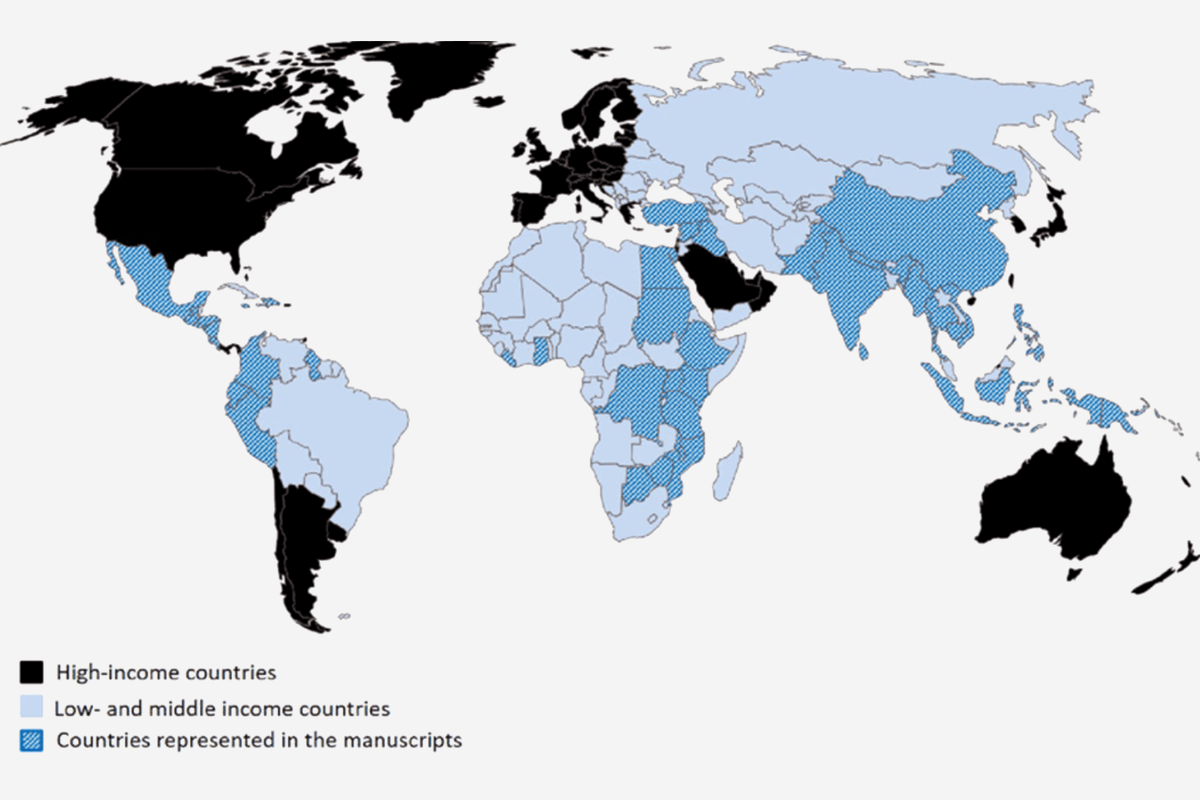
Health Policy & Planning, by Carmen Hall, Judith Daire, Delia Hendrie, 13 September 2023
Abstract
Providing legal and safe abortion is promoted as one of the key global strategies for reducing maternal mortality. Following the landmark 1994 International Conference on Population and Development, low- and middle-income countries (LMICs) are shifting towards more liberal abortion legislation. Whilst the existing literature has predominantly focused on agenda setting and individual country contexts, there is a need to understand the universal policy process of changing abortion laws. Drawing on the heuristic policy stages model and policy analysis triangle, this paper explores the processes involved in changing abortion laws in LMICs and discusses the influencing factors. We conducted a search for peer-reviewed literature in ProQuest, Scopus, Global Health (Ovid), PubMed and CINAHL. Initially, the search was conducted in February 2021 and was then re-run in May 2023. A total of 25 studies were included in the analysis. Following a descriptive, thematic and interpretive analysis of the extracted data, we have drawn out the key stages involved in changing abortion laws in LMICs: (1) establishing the need for changing abortion laws in a local context; (2) generating local evidence to support changes in abortion laws; (3) drafting of new and/or amendments of existing abortion laws; (4) adoption and enactment of changes in abortion laws; (5) translating the legal provisions into services and (6) assessing the impact of changes in abortion laws on maternal health.
Our analysis explores the influence of actors and contextual factors, and we also discuss the policy solutions and decisions made by governments. The findings demonstrate that while the timing of change in abortion law was found to be dependent on the context of individual settings, the process and factors that influenced the change were remarkably consistent across geographies. Further research is required to evaluate the link between changes in abortion laws and maternal health outcomes.



